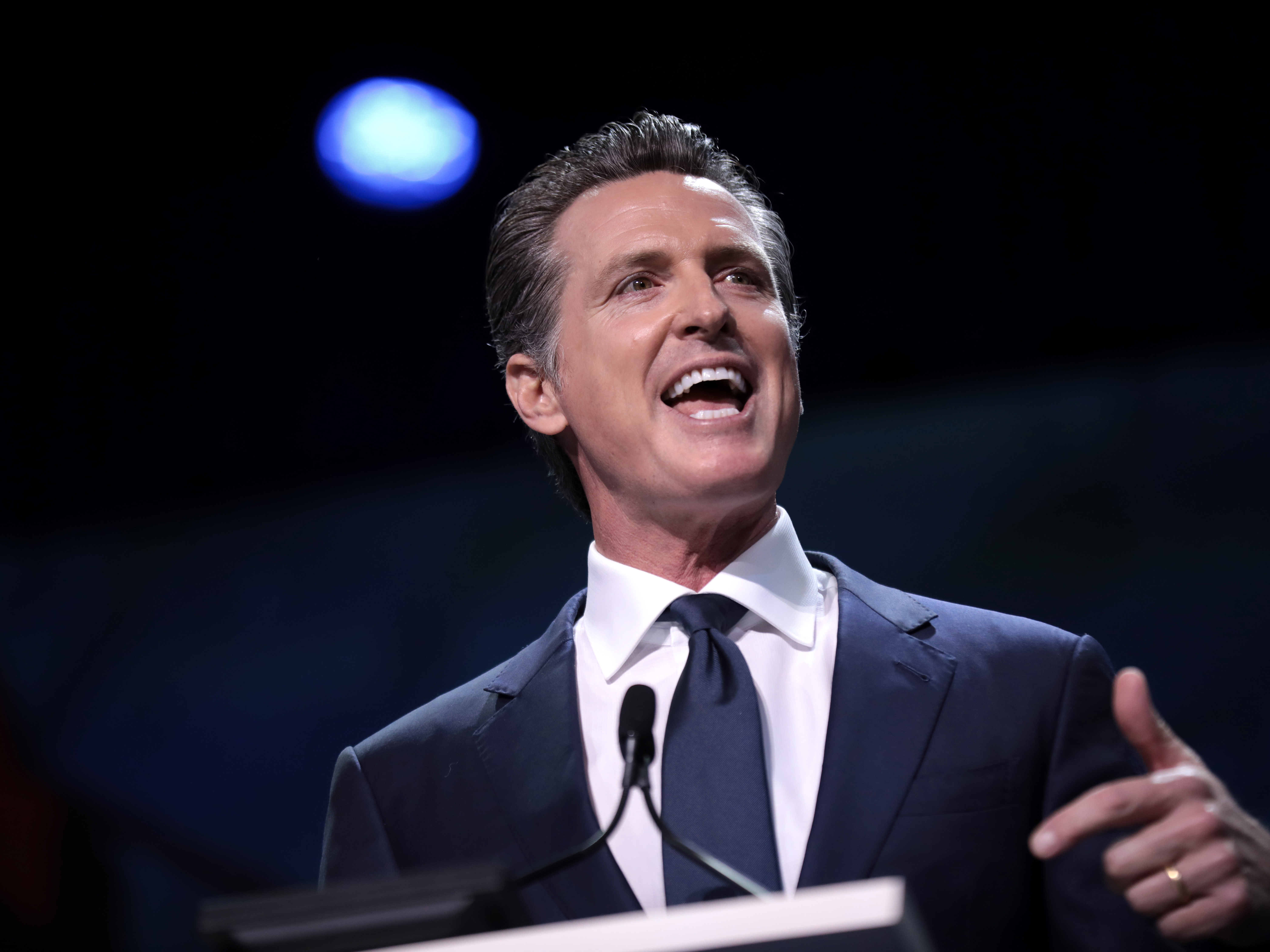
At the time of writing, California has surpassed one million confirmed COVID cases, and Governor Gavin Newsom is implementing large reopening rollbacks along with a curfew for 41 out of the state’s 58 counties. Many counties are going to regress to the purple tier, meaning their statuses of cases will be classified as widespread. Businesses will not have much of a say in what Newsom imposes, and they question what these strict lockdowns mean for them. If California is to ever stop the spread of the virus, businesses have no choice but to abide by these regulations for the safety of the communities they serve. Ultimately, everything must shut down again in order for cases to decrease. Nevertheless, the California government must also be proactive in providing better relief so that small businesses affected during this lockdown are protected from potential bankruptcy and closures.
According to the Blueprint for a Safer Economy, a county falls into the most restrictive tier, the purple tier, if they have more than 8% of positive tests and 7% of new cases per 100,000 residents a day. As such, many non-essential businesses must cease indoor operations to adhere to the circumstances of the pandemic. This means that places such as movie theaters and museums must close their doors, and restaurants can only operate outdoors at a limited capacity. Other places such as shopping malls, stores and swap meets can only be open at 25% capacity, and while indoor gatherings are banned, outdoor gatherings can only include people from up to three households.
Although the new regulations for gatherings and businesses are important, they should have been implemented from the very beginning. While it is important that California takes as many precautionary measures as possible in order to get the case count down, it is ridiculous that California is just now figuring this out when action could have been taken months ago.
Despite counties being put back into the purple tier is effective, this is still not enough to ensure that cases will go down. It does not make sense to close restaurants but still keep malls and other retail stores open. The idea that contracting the virus is only exclusive to restaurants is absurd, and with the holiday season approaching, malls and retail stores will undoubtedly receive an influx of customers that will put each other at risk. The best way to avoid these potential issues is to simply shut everything down altogether, and while people might disagree or protest this, it should be understood that Governor Newsom is imposing these restrictions for the greater good. The best thing to do right now is to be proactive and not have anything open in general. However, if this were to be done, the Californian government needs to take responsibility in having a statewide relief plan.
Large reopening rollbacks are ineffective if California does not have a method of providing support for small businesses. While large corporations have the financial cushion to wait out a statewide closure, mom and pop shops or other non-franchise restaurants may not have the money to completely close their doors. In reality, many small businesses depend on regular, consistent customers in order to stay afloat. It is imperative that the California government lend their support to these small businesses because without the proper relief, they might have no choice but to remain closed even after the pandemic. On the other hand, although there have been small programs per county that businesses can apply for, there needs to be an organized, statewide response.
California has one of the largest economies in the world, so there is no excuse as to why they cannot come out with their own relief plan, especially when the federal government has failed to take leadership on the pandemic. In fact, small businesses still struggle to stay afloat, despite federal loans such as the Coronavirus Aid, Relief and Economic Security (CARES) Act. California needs to set an example and have a better relief plan for its citizens, and while it may be preferred by some that California abides by federal government mandates, there is not a strong enough federal response to the virus in order to support this argument.
Those who might argue against California taking action are not recognizing the fact that California can no longer stand by when the current administration is doing everything but providing adequate coronavirus relief. It is unlikely that the U.S. will have a federal plan until Joe Biden is in office. Therefore, in the meantime, it is the responsibility of California, as such a big state and one of the states with the highest case count, to come up with a stronger relief plan for small businesses to close safely.
In truth, the best thing California can do now is close everything down and give people, especially small businesses, a stimulus that is more widespread. If California had their own plan and provided its own stimulus to citizens, it would help with mitigating financial insecurities during these unprecedented times. It is California’s responsibility to shut everything down and make sure all its citizens are taken care of.







